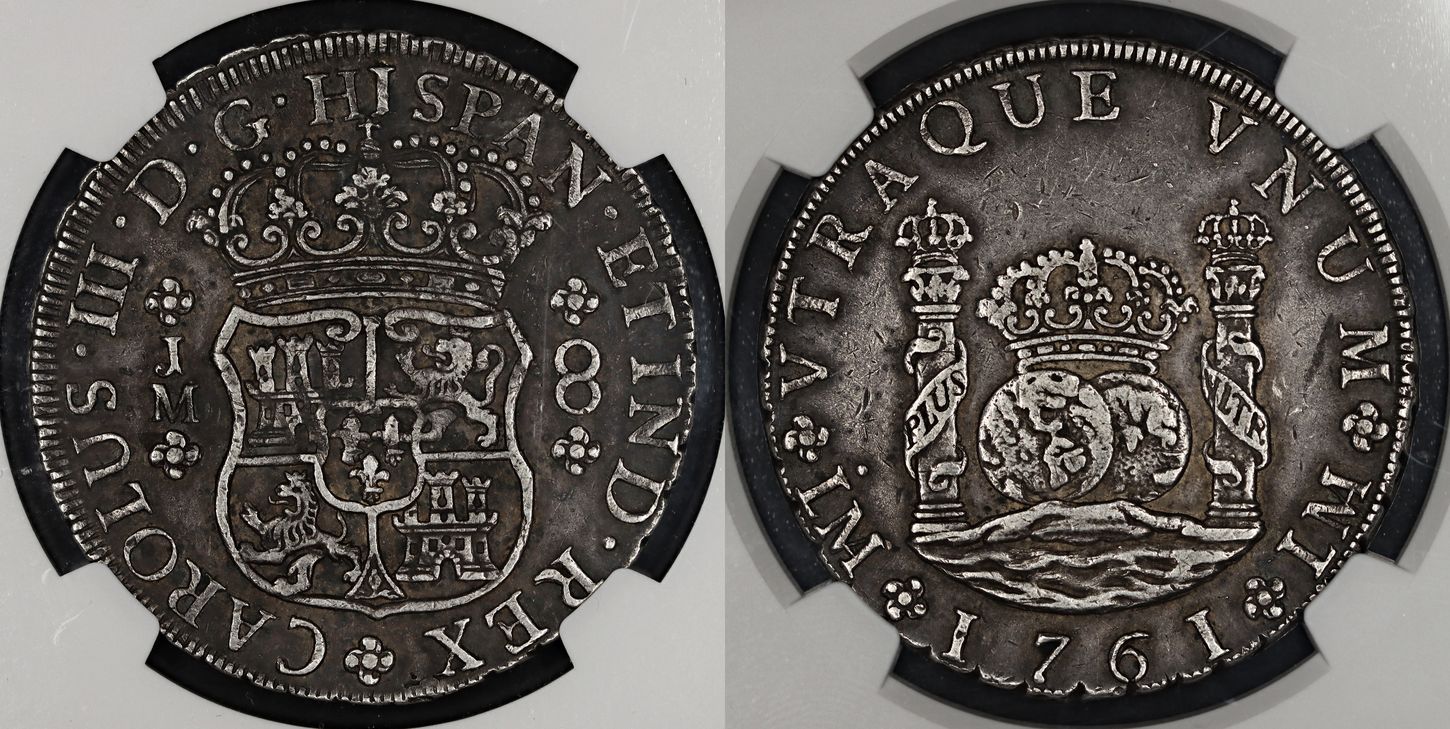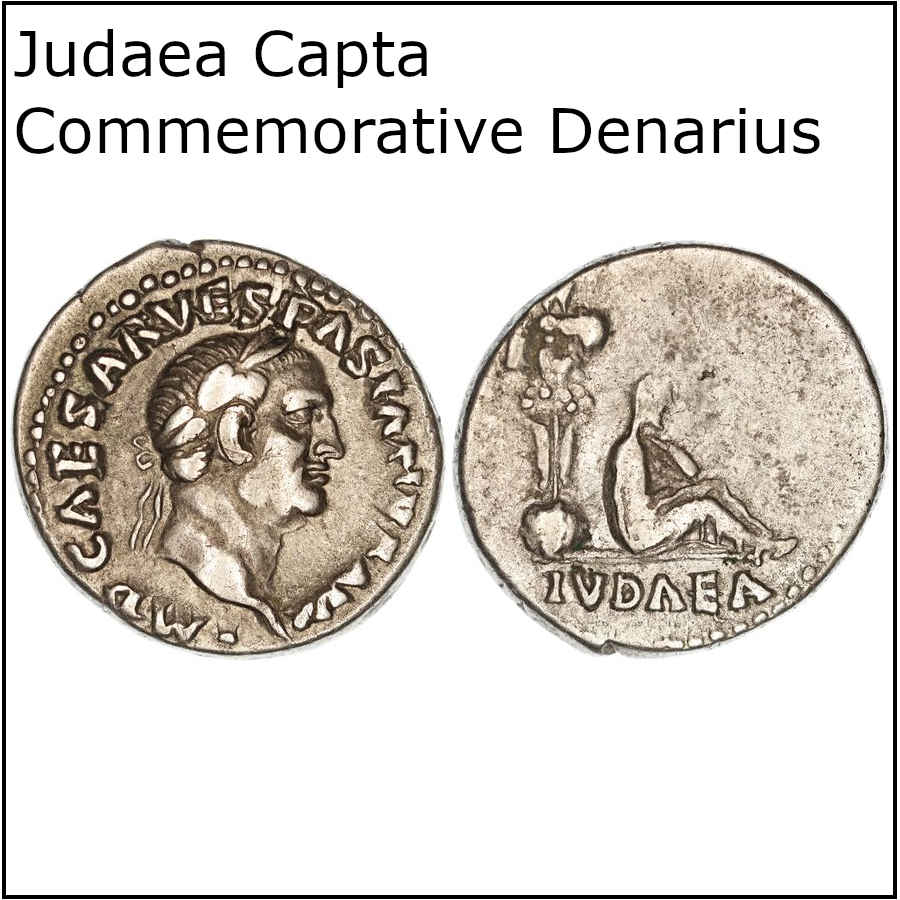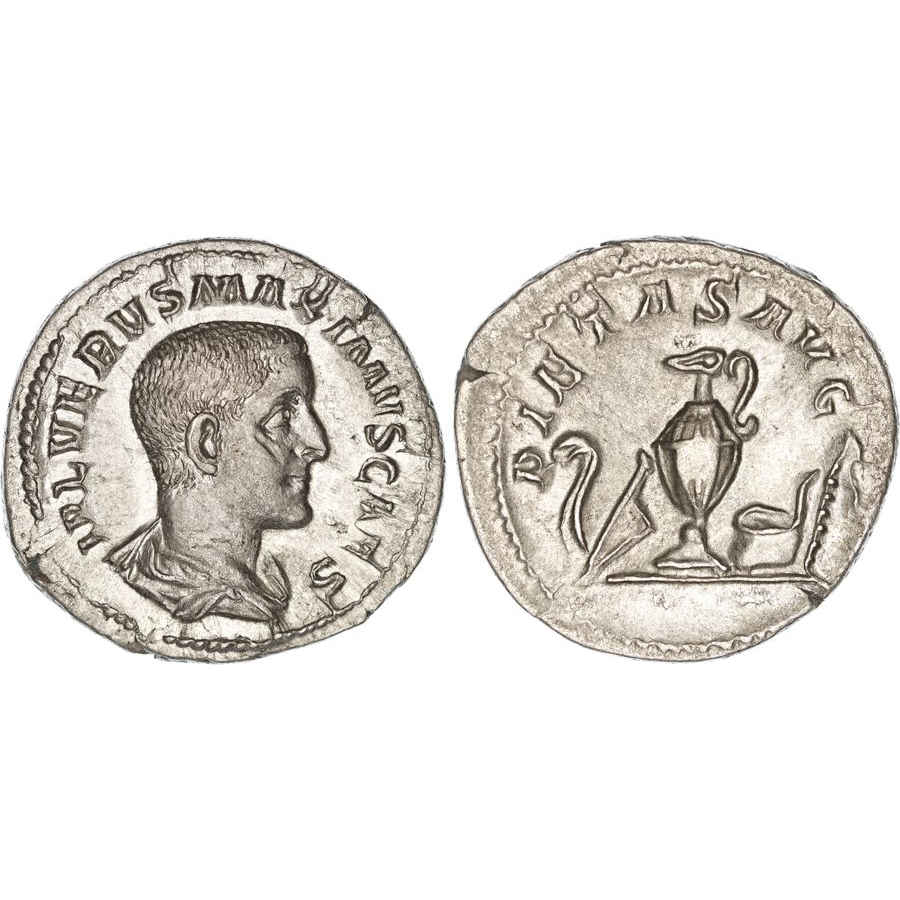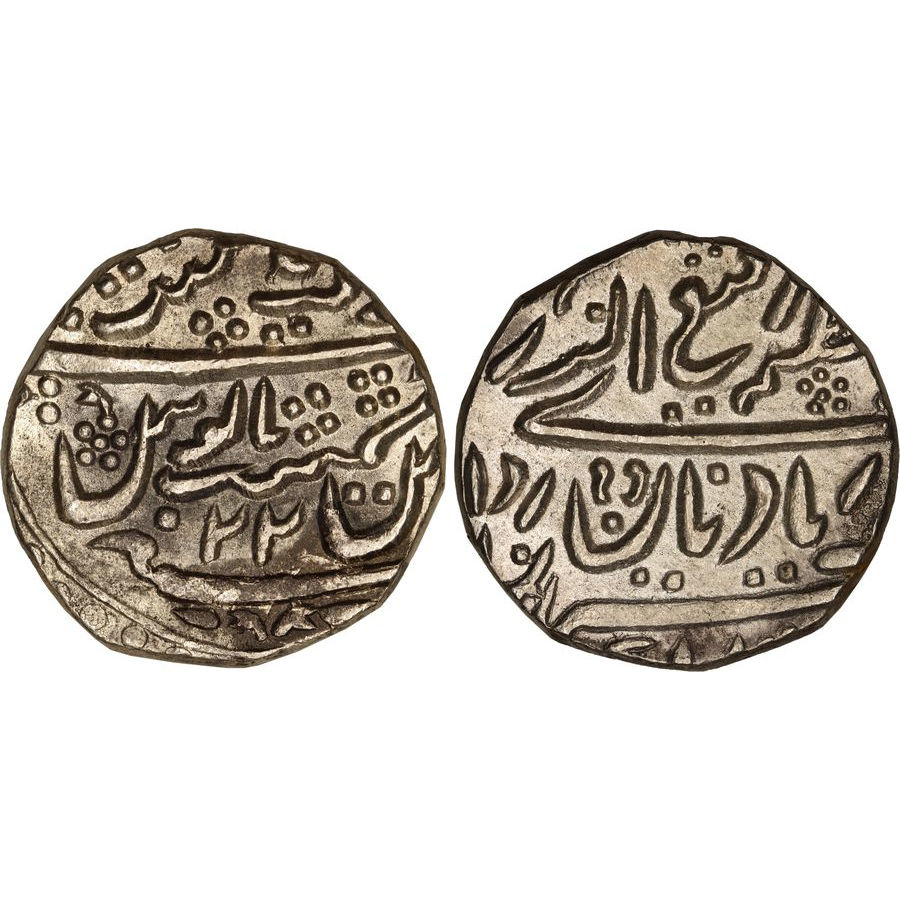Description
Spanish Empire, Viceroyalty of Peru, Charles III of the French House of Bourbon, King of Spain 1759-1788 AD, Silver Eight Reales, 1761 JM, dot above single mint mark type, Lima mint. Obverse: Shield of Arms of the Kingdom of Spain (1700-1868) surmounted by royal crown, assayer’s mark “JM” to left, mark of value “8” to right, legend surrounds, “CAROLVS· III· D·G· HISPAN· ET IND· REX”. Reverse: Side-by-side hemispheres surmounted by royal crown and flanked by the Pillars of Hercules, each surmounted by royal crown and decorated with ribbon inscribed “PLUS VLTR”, ocean floor below, date between two mintmarks “LIMA” (“IMA” as monogram) below, dot above left mintmark, legend surrounds above, “VTRAQUE VNVM”. KM-A64.2. Certified and graded by NGC as Extremely Fine 45. Deeply toned and evenly worn, a nice proclamation Pillar dollar struck in Lima.
The obverse Latin legend reads unabridged as “Carolus tertius, Deī Grātiā, Hispāniae et Indiae rēx”, with an English translation of “Charles the third, by the Grace of God, King of Spain and the Indies”. The reverse Latin legend is stated in full as “utrōque ūnum”, with an English translation of “both into one”.
The Eight Reales, also known as the ‘piece of eight’ or the ‘Spanish dollar’, was a large silver coin struck by the Spanish Empire following the monetary reform of 1497 and was a keen rival to its other large silver contemporaries such as the Holy Roman Empire’s Reichsthaler and later Conventionsthaler, the English Crown, the Dutch Daalder, the Scandinavian Daler, and Cantons of the Old Swiss Confederacy Thaler. At the time of the ‘Pillar’ and ‘Bust’ Dollars of the 18th and 19th centuries, the Eight Reales were struck to a fine silver weight of 24.809g and, after 1772, 24.443g. Due to its high degree of circulation within the expansive Spanish Empire and its uniformity in standard and milling characteristics, the Eight Reales was widely recognized as the first international currency and consequently was one of the monetary denominations chosen by Philip Gidley King, the Governor of New South Wales, for the Australian Money Proclamation of 1800 – Australia’s first monetary system. In order to retain coinage within the Australian colonies, each ‘Proclamation coin’ was given a high face value – the Spanish Dollar was revalued to Five Shillings, the same as an English crown despite having less fine silver.






